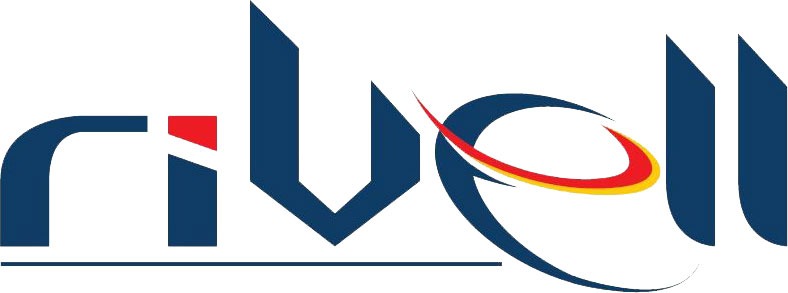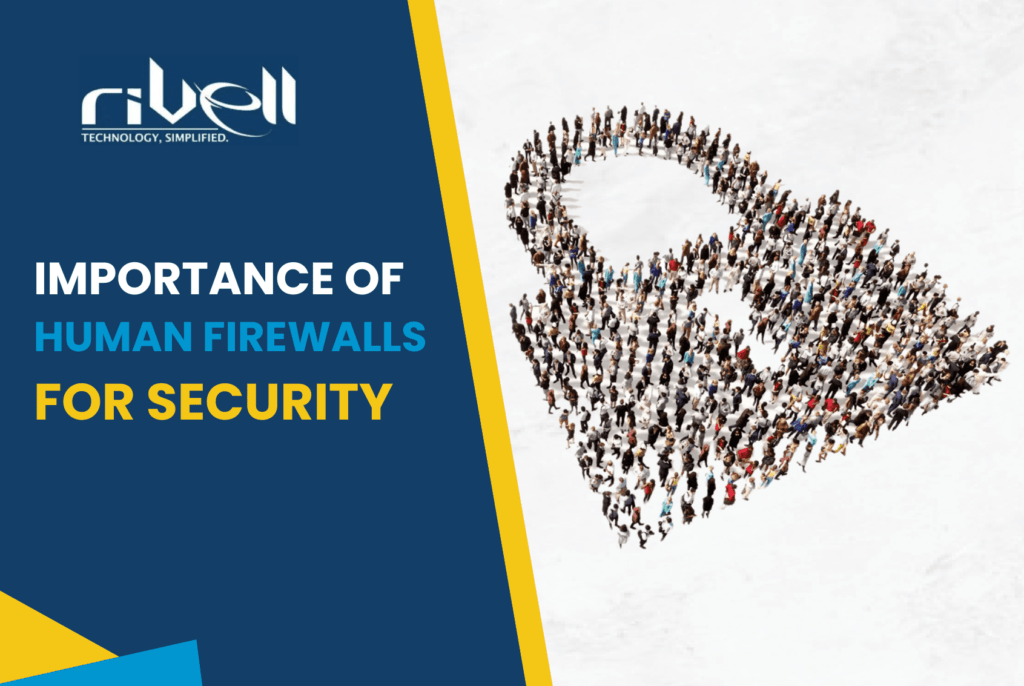In today’s interconnected digital landscape, where the volume and sophistication of cyber threats continue to grow, cybersecurity has emerged as a paramount concern for organizations worldwide. While technological defenses such as firewalls, encryption, and antivirus software are fundamental in protecting against cyberattacks, the human element remains indispensable.
Human firewalls, comprising individuals within an organization who are educated, vigilant, and proactive in recognizing and mitigating cyber risks, play a pivotal role in bolstering overall cybersecurity resilience.
Understanding Human Firewalls
Human firewalls are essentially the frontline defenders against cyber threats. Unlike traditional firewall systems that operate within network infrastructure, human firewalls are dynamic and adaptive. They encompass employees at all levels who are trained to recognize suspicious activities, adhere to security protocols, and respond effectively to potential breaches.
Importance of Human Firewalls
1. Detection and Prevention of Social Engineering Attacks
A significant proportion of cyber incidents originate from social engineering tactics like phishing, where attackers exploit human vulnerabilities to gain unauthorized access or extract sensitive information. Human firewalls, through comprehensive training and awareness programs, can identify phishing emails, malicious links, or suspicious requests, thereby thwarting potential attacks before they compromise organizational security.
2. Cultural Shift towards Cybersecurity Awareness
Beyond specific threats, human firewalls contribute to cultivating a culture of cybersecurity within the organization. By instilling a mindset of vigilance and responsibility among employees, organizations create a proactive defense mechanism against a wide range of cyber threats.
3. Mitigating Insider Threats
Not all cybersecurity risks stem from external sources. Insider threats, whether intentional or accidental, pose significant risks to organizational security. Human firewalls are trained to recognize anomalous behaviors, report policy violations, and mitigate insider threats effectively, thereby safeguarding sensitive data and assets.
4. Adapting to Evolving Cyber Threats
Cyber threats are dynamic and continuously evolving. Human firewalls are adaptable and capable of learning new techniques and strategies to counter emerging threats that may evade traditional cybersecurity measures. This adaptability ensures that organizations remain resilient and responsive in the face of evolving cyber threats.
5. Compliance and Regulatory Requirements
Many industries are subject to stringent regulatory frameworks governing data protection and cybersecurity. Human firewalls ensure organizational compliance by adhering to best practices, maintaining robust security measures, and safeguarding sensitive information in accordance with regulatory requirements.
Building Effective Human Firewalls
Creating and maintaining effective human firewalls requires a multifaceted approach:
1. Education and Training
Regular cybersecurity awareness training programs are the cornerstone of building strong human firewalls. These programs should be comprehensive, engaging, and tailored to the specific needs and risks faced by the organization. Key elements of effective education and training include:
- Baseline Training: All employees, regardless of their role or department, should receive foundational training on cybersecurity basics. This includes understanding common threats such as phishing, malware, social engineering, and the importance of strong password management.
- Role-Based Training: Different roles within the organization may require specialized training tailored to their specific responsibilities and potential exposure to cybersecurity risks. For example, IT administrators may need training on network security and system vulnerabilities, while customer service representatives may need training on handling customer data securely.
- Simulation Exercises: Conducting simulated phishing attacks and other cybersecurity scenarios helps employees recognize and respond to real-world threats effectively. These exercises should be regular and varied to keep awareness levels high and ensure readiness in the event of an actual cyber incident.
- Case Studies and Examples: Using real-world examples and case studies of cybersecurity incidents can illustrate the consequences of lapses in security and reinforce best practices among employees.
2. Promoting a Culture of Security
Creating a culture where cybersecurity is prioritized and integrated into daily operations requires active participation and leadership from all levels of the organization. Key strategies for promoting a culture of security include:
- Leadership Commitment: Senior leadership should demonstrate a commitment to cybersecurity by allocating resources, supporting training initiatives, and setting a strong example of adherence to security policies.
- Clear Policies and Procedures: Establishing clear and concise cybersecurity policies, procedures, and guidelines helps employees understand their responsibilities and the expected behavior regarding data protection and cybersecurity practices.
- Regular Communication and Awareness Campaigns: Communication channels such as newsletters, intranet updates, and workshops should be utilized to keep employees informed about the latest cybersecurity threats, best practices, and organizational initiatives.
- Recognition and Incentives: Recognizing and rewarding employees who demonstrate exemplary cybersecurity practices or contribute to improving organizational security fosters a positive culture of security awareness and compliance.
3. Continuous Improvement
Cyber threats evolve rapidly, requiring organizations to continuously update their cybersecurity strategies and practices. Continuous improvement strategies for human firewalls include:
- Ongoing Training and Development: Providing regular updates and advanced training sessions on emerging threats, new cybersecurity technologies, and evolving best practices ensures that human firewalls remain current and effective in their roles.
- Feedback and Evaluation: Soliciting feedback from employees about training programs and cybersecurity practices allows organizations to identify areas for improvement and tailor future initiatives to better meet the organization’s needs.
- Benchmarking and Metrics: Establishing metrics to measure the effectiveness of cybersecurity training and awareness programs, such as phishing simulation success rates or incident response times, helps gauge progress and identify areas needing attention.
- Adaptation to Organizational Changes: As the organization grows, changes its operations, or adopts new technologies, cybersecurity training and awareness programs should evolve accordingly to address new risks and vulnerabilities.
Get Started Today
Protect your organization with Rivell’s industry-leading cybersecurity solutions. Contact us to schedule a consultation and discover how we can empower your human firewalls to defend against cyber threats effectively.











